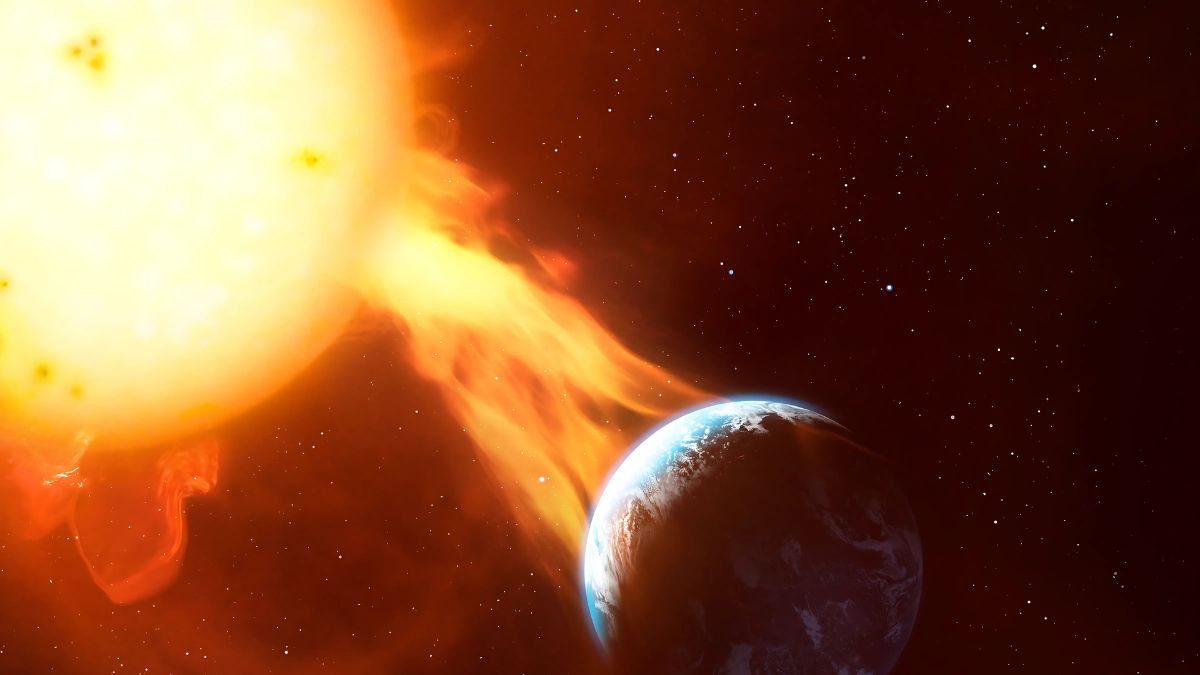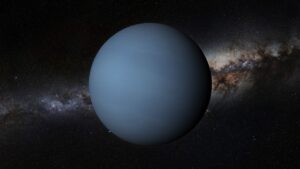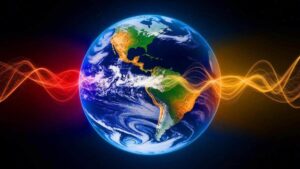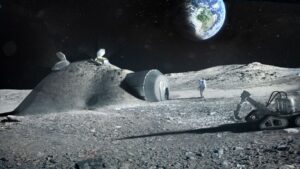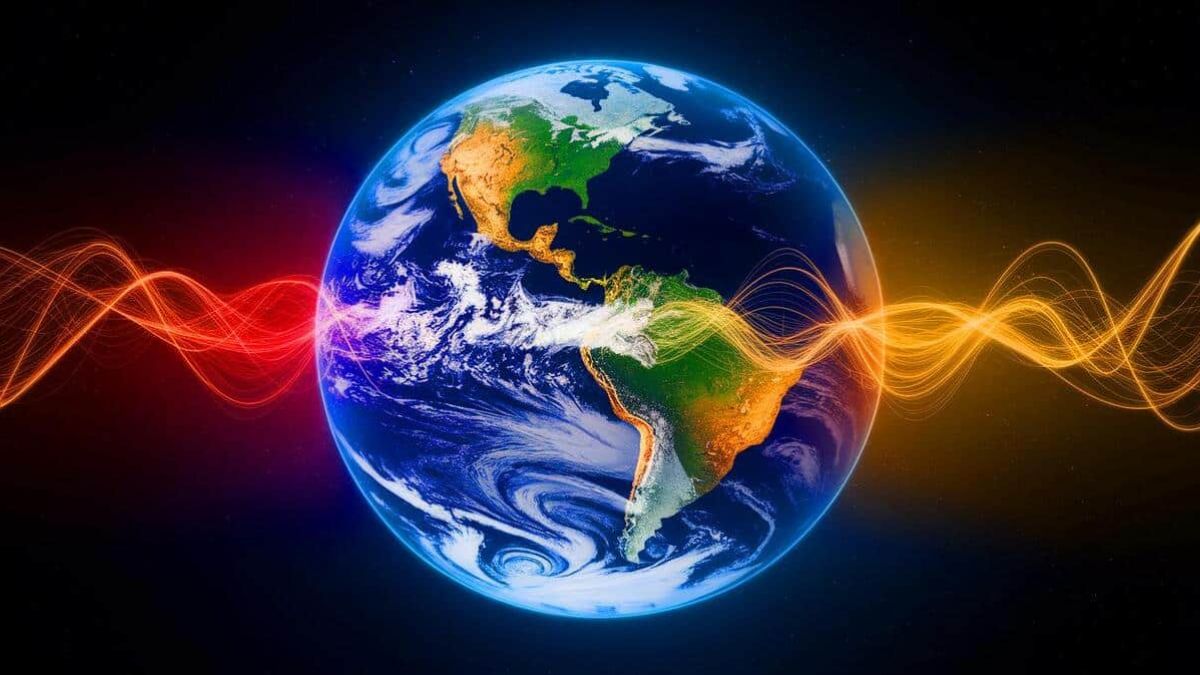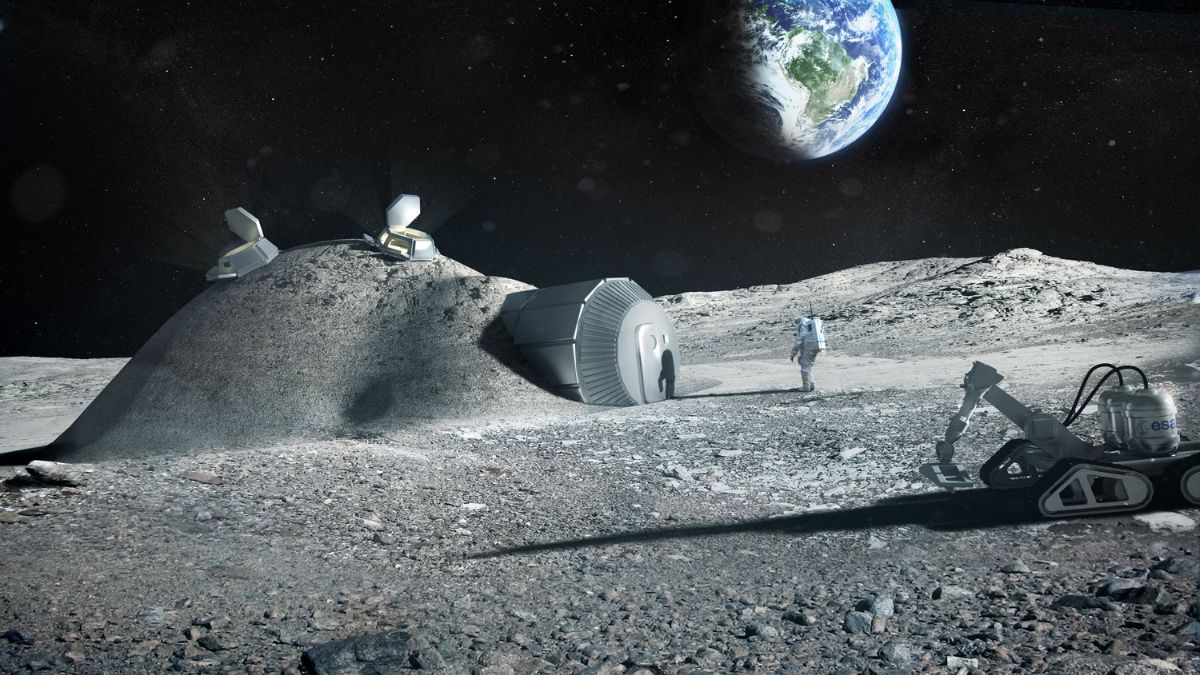Every once in a while, space throws us a curveball so strange, it forces us to rethink everything we thought we knew. This time, it comes in the form of a silent, invisible black hole—600,000 times more massive than our Sun—lurking just beyond the edge of our galaxy. We can’t see it. We can’t hear it. But scientists say it’s out there… and it’s moving in our direction.
Before you go sounding alarms, let’s break down how astronomers discovered this cosmic heavyweight, and why it’s rewriting the way we know black holes and galaxy formation.
Rebels
It all started with stars behaving badly.
Astronomers using the European Space Agency’s Gaia observatory were doing a pretty routine task: mapping stars in the Milky Way. That’s when they noticed something weird—some stars were moving way faster than they should. We’re talking ten times faster than normal. These weren’t just fast; they were hypervelocity stars.
Something had clearly kicked them out of their orbits with insane force. The question was—what?
By retracing their paths, scientists realized that several of these rebel stars were flung out from the direction of the Magellanic Clouds—two small galaxies orbiting the Milky Way. The only object powerful enough to eject stars at that speed? A massive black hole.
Shadow
The weirdest part? They didn’t spot the black hole directly—because they couldn’t. This object isn’t glowing or pulling in matter like most black holes that light up in X-rays. It’s completely dark. To find it, scientists had to follow a trail of clues left behind in the motion of stars—kind of like finding a shark by the ripples it leaves in the water.
This process is known as Hill’s Mechanism, and it goes like this:
- A binary star system (two stars orbiting each other) passes near a black hole.
- One star gets pulled into the black hole.
- The other gets slingshotted out into space at high speed.
By analyzing nine such stars, astronomers concluded they had all been launched from the same spot: the heart of the Large Magellanic Cloud (LMC). That points to a black hole hiding there—600,000 times the mass of our Sun.
Surprise
Here’s why this is a big deal: up until now, we thought only huge galaxies like the Milky Way hosted supermassive black holes. Finding one inside a satellite galaxy like the LMC flips that theory on its head.
This discovery suggests that massive black holes might be far more common than we assumed. And if smaller galaxies have them too, it changes how we think black holes grow—possibly starting smaller and scaling up through cosmic mergers and collisions.
Collision
Speaking of mergers, buckle up—because the Magellanic Clouds aren’t staying where they are. They’re slowly spiraling inward and are expected to collide with the Milky Way in about 2 billion years.
When that happens, the black hole inside the LMC likely won’t just chill in a corner. It’s expected to spiral down and merge with Sagittarius A*—the supermassive black hole already sitting at the center of our galaxy. That’s a galactic heavyweight showdown you don’t want to miss (except, you know, you’ll be long gone by then).
Growth
Think of galaxies as living beings—they grow by eating. When galaxies collide, they merge, and their black holes often merge too. This is how small- to medium-sized black holes become the titanic ones we see in the biggest galaxies.
So, this silent black hole in the LMC? It’s on a path to greatness. It’s part of the natural evolution of galaxies. But don’t worry—this is cosmic drama playing out on a timescale so massive, it’s like knowing the ending of a movie that no one alive today will ever get to watch.
Still, it’s fascinating to think that just beyond the visible edge of our galaxy, a silent beast waits—quietly shaping the stars, rewriting science, and reminding us that the universe still holds secrets we haven’t even begun to know.
FAQs
What kicked the stars out?
A massive black hole using Hill’s Mechanism.
Where is the black hole located?
In the Large Magellanic Cloud, a satellite galaxy.
How big is this black hole?
About 600,000 times the mass of the Sun.
Will it collide with our galaxy?
Yes, in about 2 billion years.
Is this black hole dangerous to us?
No, it’s too far and moving too slowly to harm us.

